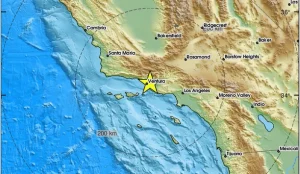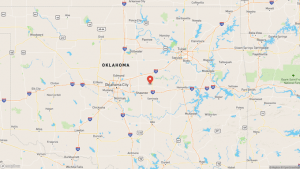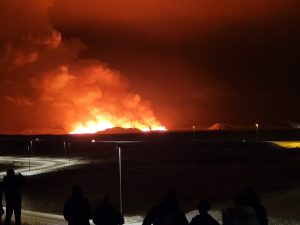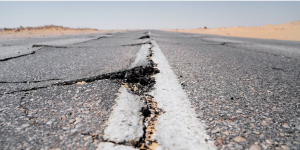A volcanic eruption took place in Iceland’s Fagradalsfjall, which is 25 miles away from the capital, Reykjavik, leaving the skies over the Nordic island nation red. The country had experienced thousands of small earthquakes in recent weeks, the meteorological department said.
After the eruption began on Friday, a red sky formed above south-western Iceland and a no-fly zone was established.
Also Read: Skies over Beijing turn yellow as city sees worst sandstorm in decade. See photos
But, why do volcanoes erupt?
Rocks melt under the earth’s crust and the magma rises up as it is less dense than the surrounding rocks. Pressure builds up and finally this pressure is released in the course of an explosion.
There are different types of eruptions that depend on the type of rock that melts to form the magma and the gases in it. Some volcanoes erupt as lava flows, but others erupt plumes of rock fragments, volcanic gas and glass into the atmosphere.
Also Read: WhatsApp, Instagram server down, users turn to Twitter to troll
Earthquakes in Iceland
The rocks melt due to plate tectonics. It could be when two plates are pushing towards each other and one gets pushed underneath the other, like in Mount Etna in Sicily or where two plates are pushed apart, for example in Iceland.
The country is prone to earthquakes as it is located between the Eurasian and the North American tectonic plates which make it a hotspot as the two plates continuously push apart from each other. In the past week, around 18,000 earthquakes had been witnessed before the volcano erupted, according to the Icelandic meteorological department.






